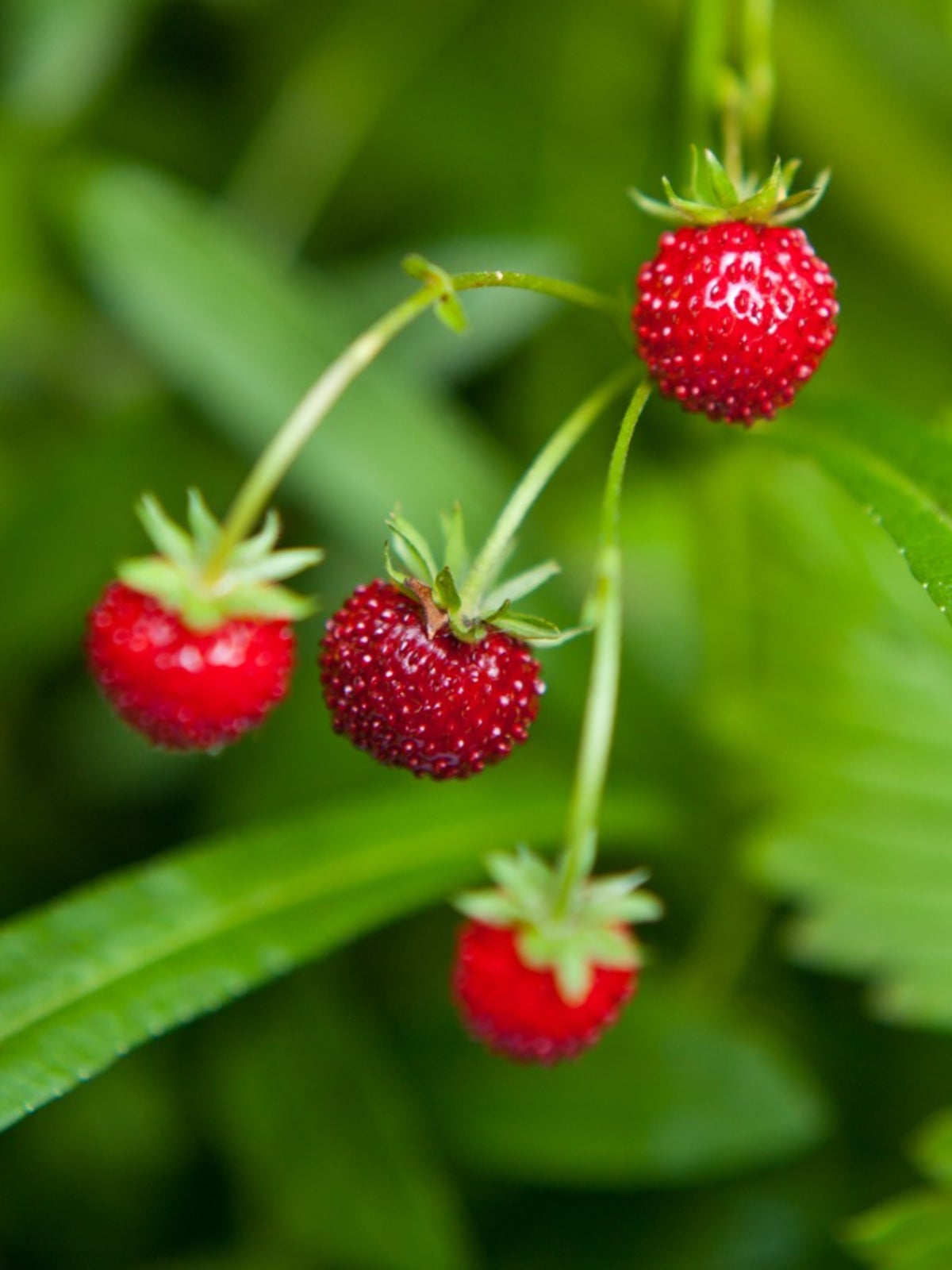Fraises De Bois Care: What Are Fraises De Bois Strawberries


The strawberry is a difficult fruit. The grocery store specimens that most of us eat are bred for appearance and shippability but not, usually, flavor. And anyone who’s eaten a berry straight out of the garden knows the difference all too well. One berry that’s particularly delicious (and also especially bad at travel) is Fraises de Bois. Keep reading to learn more about growing Fraises de Bois and Fraises de Bois care.
Fraises de Bois Strawberry Info
What are Fraises de Bois strawberries? Fraises de Bois (Fragaria vesca) translates from French to “strawberries of the woods.” They are frequently called alpine strawberries and woodland strawberries. Different varieties are native to Asia, Europe, and North America. They can sometimes be found growing in the wild. The plants themselves are very small, reaching 4 to 8 inches (10-20.5 cm.) in height. The berries are minuscule, especially by supermarket standards, and don’t tend to reach more than half an inch (1.5 cm.) in length. They are also very delicate, with a squishable quality that usually prevents them from even being transported to local farmers’ markets. Their taste, however, is incredible, both sweeter and more acidic than most other strawberries.
Fraises de Bois Care
Since they are almost impossible to find for sale, growing Fraises de Bois or finding them in the wild is virtually the only way to taste them. The plants are tolerant of both hot and cold, and, as a rule, are hardy from USDA zones 5-9. They grow in full sun to partial shade, and fertile, humus-rich, well-draining soil. They prefer slightly moist soil and need moderate watering. These strawberries will continue to bloom and bear fruit from late spring through late summer. They will spread easily through runners and self-seeding. They are tricky to grow in the garden, however - the germination process isn’t always reliable, and they are prone to several diseases, such as rots, wilts, blights, and mildew. But the taste may be worth the trouble.
Sign up for the Gardening Know How newsletter today and receive a free copy of our e-book "How to Grow Delicious Tomatoes".

The only child of a horticulturist and an English teacher, Liz Baessler was destined to become a gardening editor. She has been with Gardening Know how since 2015, and a Senior Editor since 2020. She holds a BA in English from Brandeis University and an MA in English from the University of Geneva, Switzerland. After years of gardening in containers and community garden plots, she finally has a backyard of her own, which she is systematically filling with vegetables and flowers.